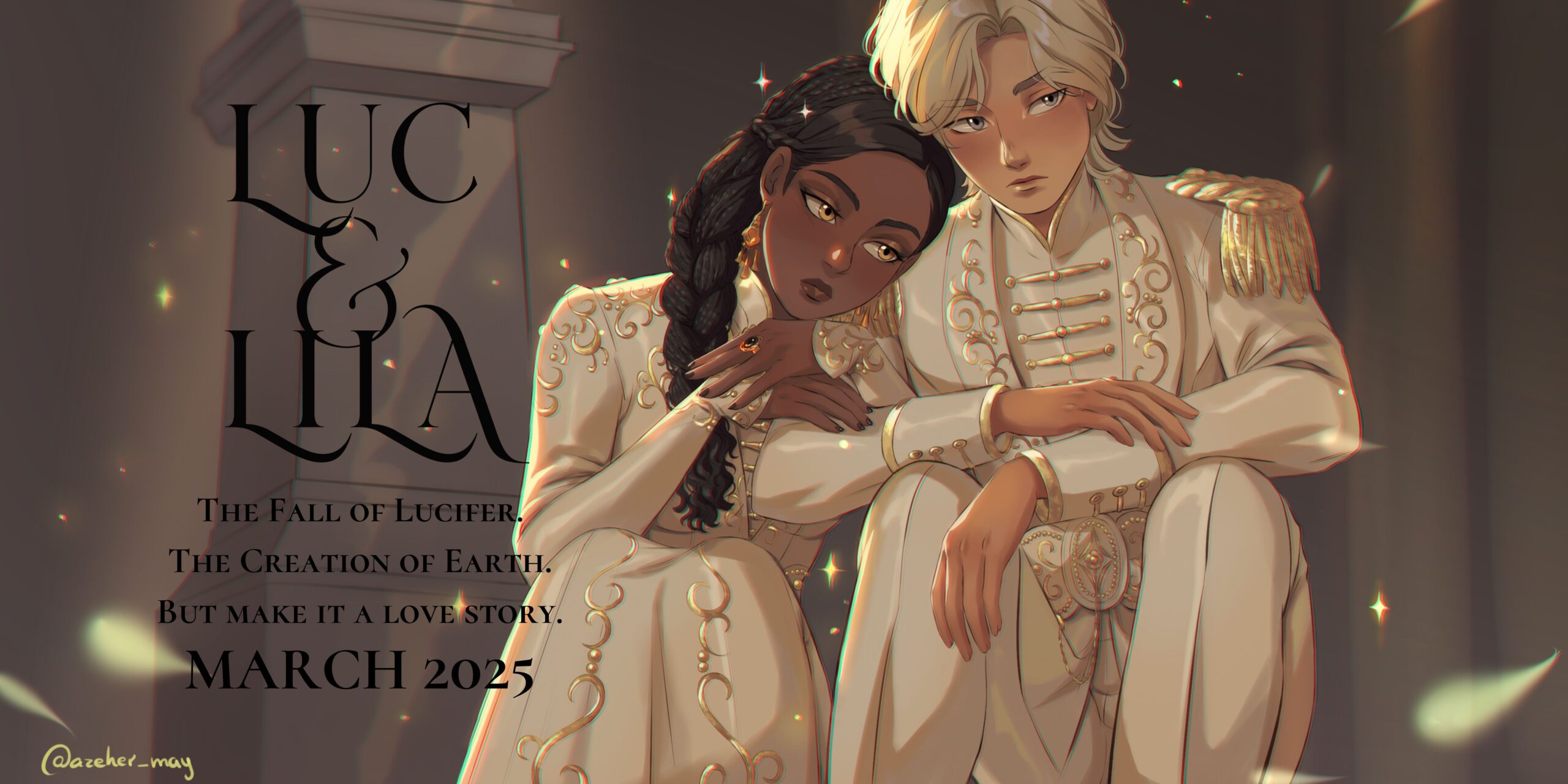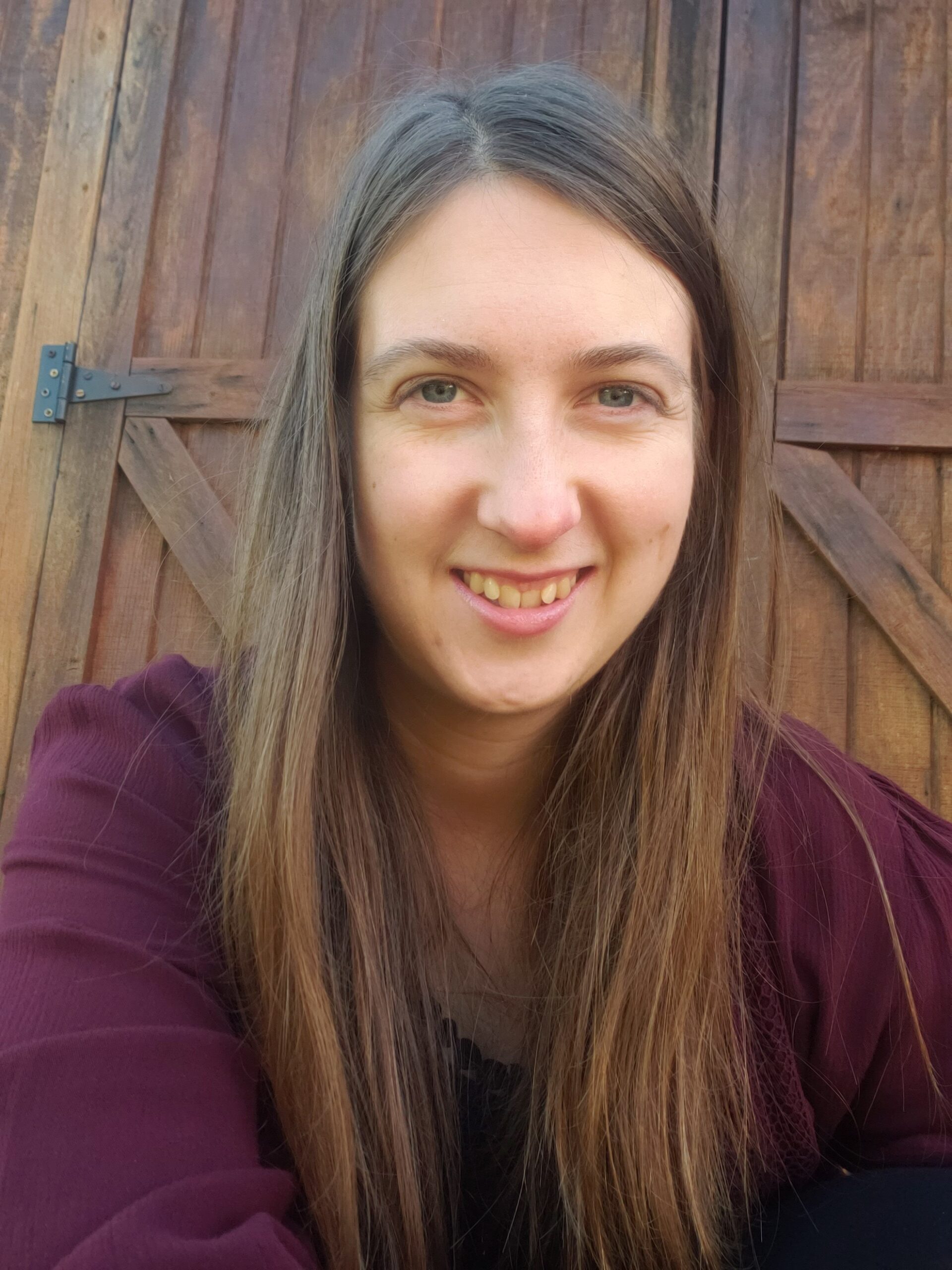On the previous episode, I talked about content editing, so today I would like to talk about the second round of editing I do, which is for style. And all style really means that you are going to make your story sound prettier. You are going to dress it up and elevate the language in it. This is definitely a technical skill that you learn over time as you develop your own voice as a writer, and you are able to write more complex language and imagery. Style is also highly subjective; all writers have unique styles, and of course, not all readers will like every writer’s style.
Just to give you an idea of what I mean, I’m going to use the example of the lamp from the last episode. So the sentence I came up with initially was The antique lamp cast an eerie glow over the chilled room. Honestly, there’s nothing wrong with that sentence—it conveys a lot of sensory detail in a small space, which is great, and I could leave it as it is. But if I wanted to play with the language a bit, I could ask myself a series of questions, which I will outline for you.
Question one. Am I making the best word choices to convey the tone and meaning of my text?. The antique lamp cast an eerie glow over the chilled room. To me, ‘eerie’ sounds like ‘creepy’ or ‘scary.’ It sounds like I’m writing a horror scene or a crime scene or maybe just a scene where the character has to stay alone in her parents’ house for the first time, and she’s worried about someone breaking in. In any case, there’s some type of fear element to the word ‘eerie.’ Did I mean to invoke fear? Is that the tone I wanted? If so, great. If not, maybe I should rethink that word.
Question two. Do I want to change my word choices for the sake of variety? Another thing I could do is look at synonyms for the words I’ve chosen if I want to make the language more flowery or if I don’t want to be repeating the same words over and over ad nauseam. Using a fair amount of word variety can keep your writing from sounding redundant or monotonous. So maybe I’ve already used the word ‘eerie’ several times on the same page, and I want a different word and, at the same time, a word that elevates the language. I could say the ‘ominous’ glow or the ‘sinister’ glow or the ‘menacing’ glow; I think if you’re really going for a danger vibe, ‘sinister’ or ‘menacing’ might work better than ‘eerie.’ But it all depends on what you mean, and you want to keep the meaning of your words very clear and tailored to the mood you want to create.
Quetion three. Is there any other information that I want to include about the objects in the sentence? Do I want to note the color of the lamp or the size of the room or what can be seen in the glow of the lamp? Is there any more context I want to add to the sentence or that I want to add in a follow-up sentence or in the sentence that comes before this sentence?
Question four. On the other hand, is what I’ve written necessary for the scene? Do we even care about this lamp? Is this information truly adding to the scene? Or is this just a random descriptive sentence I threw in because I felt like I had to describe something? Honestly, this is a very subjective question—some people like more description; some people like less. It’s hard for me to give you a clear-cut way to know for sure when something needs to be cut, but you can always do a test if you’re unsure whether you need to cut something. Go ahead and temporarily cut it out. Let’s say you want to remove a few sentences from a paragraph. Just cut those sentences out and move them somewhere else for a minute and read back over that paragraph without them, and see if you think it’s necessary to put them back in or if you think the remaining sentences can stand on their own. And by stand on their own, I mean is the basic idea that you wanted to convey still present? Is the meaning and the purpose of that paragraph still intact? If so, then you probably didn’t need those few lines. And in some cases, less is more. If you’re trying to keep a scene moving along and don’t want the reader to get bogged down with a bunch of information they don’t need, then you may want to do some cuts here and there.
Question five. Zooming out to more of a paragraph level, how well are my sentences flowing into each other? In the case of the lamp, perhaps my draft read: The antique lamp cast an eerie glow over the chilled room. The girl shivered. She turned her back. There’s nothing wrong with the way those sentences go together, but I personally like things to sound more fluid, so I would probably change it to: In the room’s icy air, the girl shivered; turning her back, she avoided looking at the eerie glow of the antique lamp. This construction to me sounds less choppy; I don’t have the short sentences of The girl shivered. She turned her back. But…maybe I want short sentences because I have a lot of long sentences before those; in that case, I might just want to leave that section as it is.
One important thing to look for with the flow from one sentence to the next is sentence variation. It can be tiresome to read a lot of long sentences back to back, and it can also be hard to follow the information. The flow of your sentences will contribute to the pacing of your story, so if you find that the momentum is dragging, it may have to do with the length and arrangement of your sentences. A lot of times, if I find that a certain section feels slow, I will cut out any unnecessary information from that section, and I will also rearrange my sentence structures to convey the most information I can in the least amount of space. Shortening your sentences and paragraphs will help the reader get through the information faster, so if you feel like the pace needs to speed up, that’s a great way to do that using a stylistic change.
Question six. Do I want someone or something else to be the subject of this sentence? In my example, do I want the lamp to be the subject? The subject is the person or thing performing the action in the sentence, right? So, do I want that to be the lamp, or does it convey more about what’s happening in the scene if instead I let the character be the subject? As I gave the example earlier, In the room’s icy air, the girl shivered; turning her back, she avoided looking at the eerie glow of the antique lamp. In those two sentences, we have all the same information—the room is cold; the lamp is old; and the light is creepy—but now we know how the character is reacting to this information in almost the same amount of space. We also have all of those elements interacting together in the same space rather than this separation of the lamp this, the girl this, the girl this. When the elements are combined, it feels more dynamic to me and keeps the movement of the story going even as I’m offering descriptions of the setting. I know when I was starting out as a younger writer, I thought writing descriptions were boring because I only knew how to write them as information dumps. Like, there would be a huge block of text just to describe what people were wearing and what was in the room and what food was being served, etc. Over time, though, I learned to incorporate those details organically into the scene without pausing for long segments of information. So, for example, I would place a note about the dress a girl is wearing into a sentence where she is performing an action or speaking to someone. There wouldn’t be a pause just to say what she’s wearing. She would happen to be wearing something while she’s doing whatever she’s doing. So the story would keep going, and the reader would still get to see her dress.
Now if all of this just sounds exhausting, don’t worry. You don’t have to do this for every single sentence in your scene. But certainly as you’re reading, if a phrase pops out at you that just doesn’t sound quite right or isn’t as impactful as you want it to be, then spend a little time with it. Play around with the wording. Play around with the sentence construction. Try combining it with other sentences, and see if it reads better. I read on another writer’s blog once that a style edit is where you try to make sentences that people would want to repost on your Goodreads page or, you know, repeat back to you if they ever saw you in person. So what are your standout lines, and if you can’t find any, how can you make some? Hopefully, I gave you some tips right here to help you do just that.
Just to recap, today I discussed six steps I usually take when I am performing a style edit. I question my word choices and how they affect my tone. I question how the information in my sentences is arranged, if the sentences are connecting and flowing together in the best fashion, if I have good sentence variation, and how all of that is contributing to the pacing of my story. There are so many other things I could probably say about editing for style because it is such a complex process, and it is also so unique to every writer’s individual writing style—no two writers are going to want to present information in the same way. But the most important thing is to make sure you are being as clear as you can be about the ideas you’re presenting, be they related to the plot, characterization, or tone of the story. I think if you go for clarity first, the language will level itself up as you keep working with it.


Leave a Reply